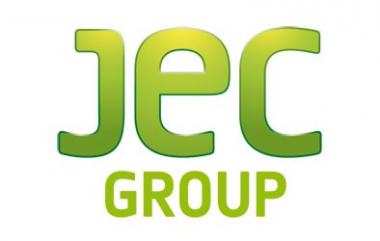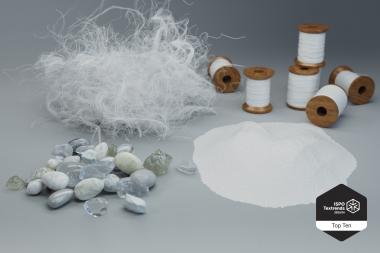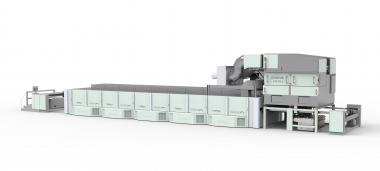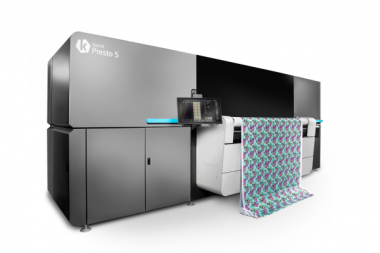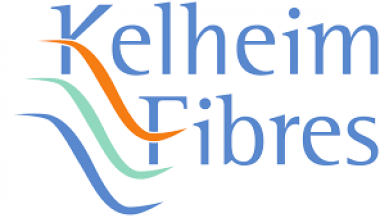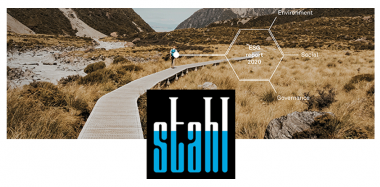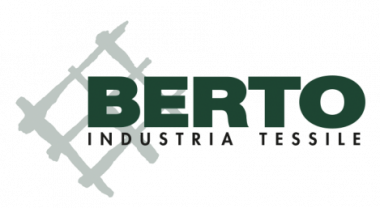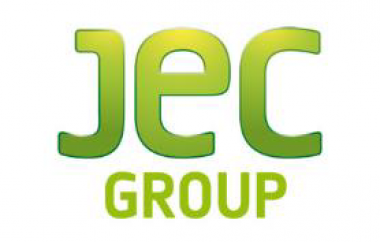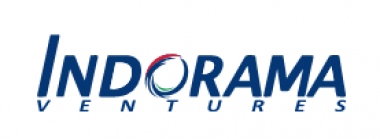The 2022 JEC Composites Innovation Awards: Official Finalists line up
Première Vision - Each year, since its creation more than 20 years ago, the JEC Composites Innovation Awards celebrate successful projects and cooperation between players of the composite industry.
The competition has especially shined a light on some 203 companies and 499 partners, awarding them for the excellence of their composite innovations.
After pre-selection of the finalists, one winner is selected in each category:
- Aerospace – Application
- Aerospace – Process
- Automotive & road transportation – surface
- Automotive & road transportation – structural
- Building & Civil Engineering
- Design, Furniture & Home
- Equipment & Machinery
- Maritime Transportation & Shipbuilding
- Sports, Leisure & Recreation
- Renewable Energy
The international jury representing the entire composites value chain includes:
- Michel COGNET, Chairman of the Board, JEC Group
- Christophe BINETRUY, Professor of Mechanical Engineering, EC Nantes
- Kiyoshi UZAWA, Professor/Director, Innovative Composite Center, Kanazawa Institute of Technology
- Jiming Sung HA, Professor, Hanyang University
- Brian KRULL, Global Director of Innovation, Magna Exteriors Inc
- Karl-Heinz FULLER, Manager Future Outside Materials, Mercedes Benz AG
- Deniz KORKMAZ, CTO, Kordsa Teknik Tekstil AS
- Henry SHIN, Head of Center, K-CARBON
- Véronique MICHAUD, Associate Professor/ Director, EPFL – Laboratory for Processing of Advanced Composites
- Alan BANKS, Lightweight Innovations Manager, Ford Motor Company
- Enzo CRESCENTI, Technical Authority and Composite Expert, Airbus
Discover the finalists in each category here.
JEC Group


